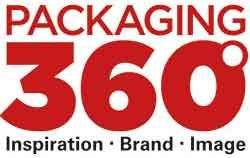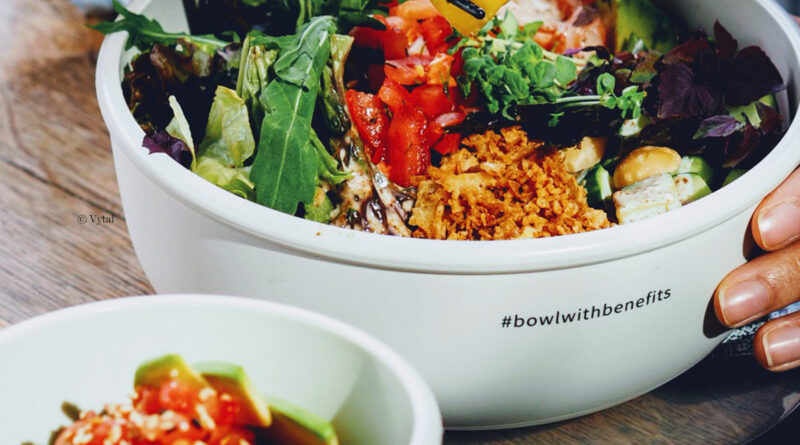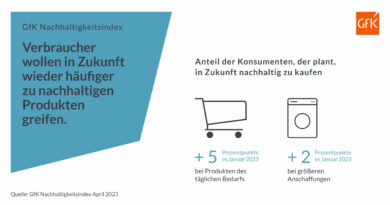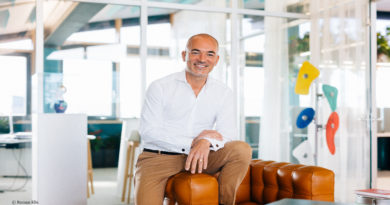Making Reusable Tableware a Clean Solution
Since January 1, 2023, catering establishments have had to offer reusable tableware for takeaway food and drinks. There are exceptions for smaller restaurants with less than 80 square meters of space. Microbiologist Prof. Dr. Marion Stoffels-Schmid explains to foodservice what needs to be considered from a hygienic point of view regarding reusable containers.
„Clearly, glass and porcelain are the most hygienic options. But the success of reusable is decided by convenience. Only when it’s convenient enough for us do we opt for the reusable tableware is decided by convenience. Only when it’s convenient enough for us, do we opt for the reusable variant when ordering or picking up food,” Prof. Dr. Marion Stoffels-Schmid, microbiologist at the Weihenstephan-Triesdorf University of Applied Sciences, told foodservice.
To ensure that consumption from reusable containers is risk-free, the dishes must above all be dry after cleaning. “That’s the be-all and end-all,” says the hygiene expert. The essential thing is: No hand washing! And no hand drying. Both are absolute don’ts. Plastic cannot „use“ the heat of the rinsing for drying like glass and porcelain, therefore, some cups may not completely dry. Many reach for a cloth and to dry them or clean up the damp. This can be hygienically precarious, explains Stoffels-Schmid. In addition, the convenience plus “lightweight” is a disadvantage when washing up: The feather-light reusable cups have to be fixed in place when putting them in the dishwasher. If they tip, they collect rinse water instead of drying.
In 2019 the researcher had already conducted the study „Verification of the Surface Germ Count on Wash Ware Treated by Commercial Dishwashers“ for the DIN working group Commercial Dishwashing. For this, she and her team analyzed around 1,000 samples in companies in and around Munich after dishwashing to compare plastic and glass/porcelain. The conclusion was that it is not only plastics that require the utmost care when it comes to hygiene. With glass, too, in which lipstick residues, for example, can be particularly stubborn, it is advisable to meticulously adhere to learned procedures when rinsing – and not just since Corona. „One hundred percent germ-free is not possible,“ Stoffels-Schmid emphasizes. „Residue in hairline cracks, which we can’t see, is minimal and diluted to the maximum by food when it’s used.“ However, she believes it is important to conduct studies on used plastic tableware in a timely manner. „It makes a difference if I eat with chopsticks or spoons out of it, or if I stab hard with a fork in a salad or even cut with a knife.“ Even the best materials, such as polypropylene (PP), melamine or polyoxymethylene (POM), are not immune to this, she says. A specification of „withstands 200, 500 or 1,000 rinses“ should therefore only be seen as a guide. Ultimately, the decisive factor for wear and possible hygiene risks is use. „Studies are simply still pending on that,“ she says.
„The decisive factors are always residual soiling, the amount of germs, the degree of dryness and storage conditions, so that microorganisms do not multiply on the dishes,“ explains the expert. „If the containers are largely dry and shaped in a way that air can still circulate even when stacked, the risk is very low.“ But if containers with hairline cracks were stacked tightly in a moist and warm place, small amounts of microorganisms would multiply. „In my opinion, we definitely need to develop a separate standard for plastic cups and co.“ Currently, she says, no distinction is made, and it is not scientifically justifiable why the requirements should be lower for plastic. On the one hand, hygiene must be defined without exaggeration, but with safety for guests and catering or food service teams in mind. On the other hand, the caterer needs to be assured, not least in dealing with his employees, who must be precisely trained in how to wash plastic and handle it hygienically.




